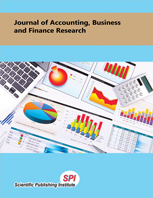CPEC: Pakistan-China Cordial Ties - A Boost to Pakistan's Economy
DOI:
https://doi.org/10.20448/2002.21.1.6Keywords:
CPEC, Employment, Energy security, Economy.Abstract
This paper highlights the need of energy production in Pakistan and to determine the extent to which China Pakistan Economic Corridor (CPEC) and its energy projects will contribute to the economic growth and development of Pakistan. In this regard, a fair amount of literature has been reviewed. The literature review presented confirms that a positive relationship exists between the energy production, security and economic development. The long term friendship of Pakistan and China is discussed and how this tie has benefitted both the countries. Chinese cooperation and assistance with Pakistan is well evident from the substantial Chinese investment in Pakistan’s infrastructural expansion particularly development of Pakistan’s deep-water port at Gwadar. Under its One Belt One Road plan, China and Pakistan have collaboratively started a multibillion mega project, China Pakistan Economic Corridor. Under CPEC twenty-one energy projects being established, that is supposed to reduce the energy poverty generation in Pakistan. The study finds out that the sufficiency in energy sector will boost economy by energizing the industry and businesses as well as by creating thousands of direct and indirect employment opportunities.


